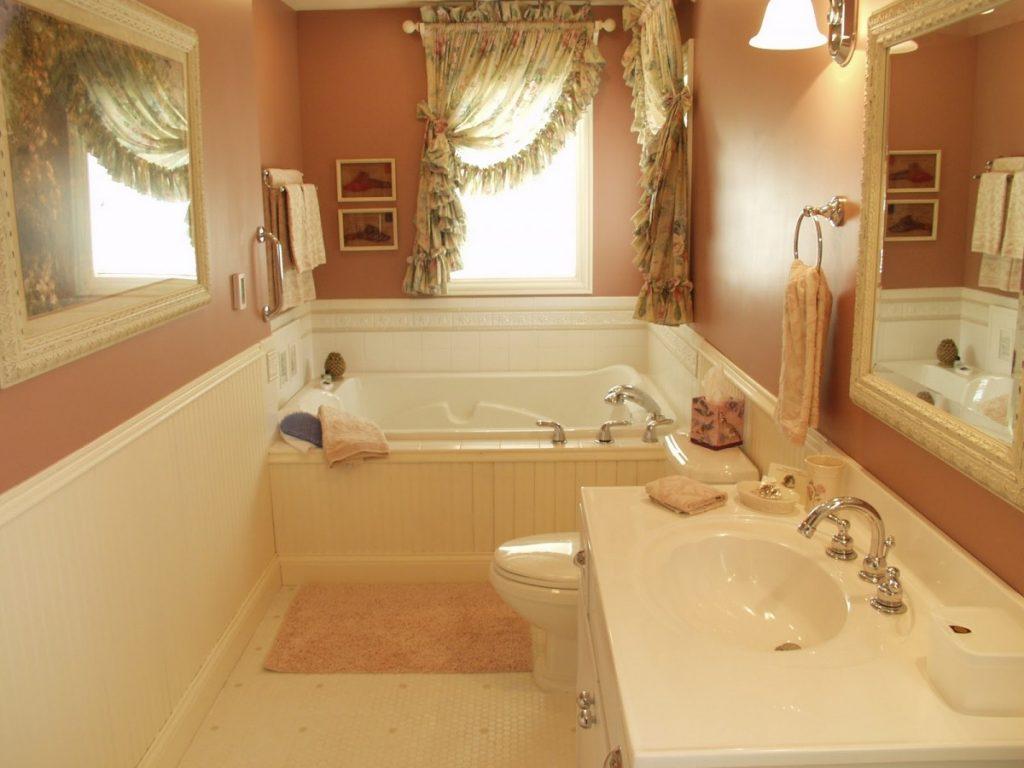The bathroom — a sanctuary of relaxation and hygiene — often gets overlooked when considering home renovations. While other rooms are adorned and revamped regularly, the bathroom silently endures daily wear and tear.
But when is the right time to renovate this essential space? How often should you reno a bathroom? The answer depends on a variety of factors, including the age of the fixtures, functionality, and evolving design preferences.
Understanding Bathroom Renovation Cycles
There’s no one-size-fits-all answer to how often a bathroom should be renovated. On average, most experts recommend renovating a bathroom every 7 to 10 years. This timeframe takes into account the aging of materials, plumbing concerns, and changing trends.
Why Time Matters in Bathroom Renovation
Over time, bathrooms face significant challenges. Constant humidity, soap scum, mold, and daily use contribute to the slow deterioration of surfaces, fixtures, and plumbing. If your bathroom has been untouched for a decade, there’s a good chance it’s due for a makeover — even if everything still “seems” to be working fine.
Key Signs That It’s Time to Renovate Your Bathroom
Certain telltale signs indicate that it might be time to plan your next bathroom renovation. These indicators are often subtle but can grow into costly issues if ignored.
Leaky Faucets and Water Damage
If you’re noticing persistent leaks, water stains on the ceiling below, or warped flooring, your plumbing might be crying out for attention. Over time, even small leaks can cause mold and structural damage.
Mold and Mildew Buildup
No matter how diligently you clean, persistent mold and mildew, especially around grout lines, can signal poor ventilation and aged materials that need replacing.
Outdated Fixtures and Layout
Design trends evolve quickly. If your bathroom still has brass fittings from the 1990s or a tub that takes up half the room, it’s time for a change. Modern renovations prioritize functionality, space-saving, and style.
Poor Lighting and Ventilation
A dim, stuffy bathroom not only feels uninviting but also promotes mold growth. Updated renovations often include better exhaust systems and layered lighting.
The Role of Lifestyle Changes in Bathroom Renovation
Life doesn’t stay static — and neither should your bathroom. Major life events can shift your bathroom needs dramatically.
Growing Families
As children grow, a single-sink setup might not suffice. Families often find themselves needing more storage, double vanities, or even an additional half bath.
Aging in Place
Older adults may require safer bathrooms with walk-in tubs, grab bars, and non-slip flooring. Renovating your bathroom for aging in place ensures long-term safety and independence.
Selling Your Home
A beautifully renovated bathroom can be a strong selling point. If you’re preparing to list your property, a fresh renovation may significantly boost its market value and appeal.
Economic and Energy Efficiency Motivations
Renovating your bathroom isn’t just about looks. It can also lead to substantial savings in the long run.
Water-Saving Fixtures
Modern toilets, faucets, and showerheads use significantly less water. Replacing older fixtures can cut down on utility bills and support environmental sustainability.
Energy-Efficient Lighting and Heating
Installing LED lighting, radiant floor heating, and energy-efficient ventilation fans can improve comfort and lower energy use, making your home more efficient.
How Often Should You Reno a Bathroom?
As a general rule, a full renovation every 10 years ensures your bathroom remains functional, safe, and stylish. However, minor updates such as painting, regrouting, or changing fixtures can be done every 3–5 years.
| Renovation Type | Recommended Frequency |
|---|---|
| Full Renovation | Every 10 Years |
| Cosmetic Updates | Every 3–5 Years |
| Plumbing Overhaul | Every 10–15 Years |
| Fixture Replacement | Every 7–10 Years |
| Paint and Caulking | Every 2–3 Years |
The Benefits of Regular Bathroom Renovation
Staying on top of renovations offers more than just visual upgrades — it prevents costly repairs and creates a healthier living environment.
Increased Property Value
A modern, updated bathroom is a major asset. Whether or not you plan to sell your home, keeping your bathroom current improves its resale value and appeal.
Improved Safety
Older bathrooms may lack essential safety features. From anti-scald valves to slip-resistant floors, modern updates enhance user safety, especially for children and seniors.
Better Functionality
A well-designed bathroom layout improves everyday efficiency. Reorganizing storage, enhancing lighting, and choosing smart tech fixtures can significantly upgrade your daily routines.
Factors That Influence Bathroom Renovation Timing
There isn’t always a perfect moment to start a renovation, but several influencing factors can help guide your decision.
Budget Availability
Renovations are an investment. Consider your financial readiness — full remodels can range from $5,000 to $30,000 depending on scope, materials, and labor.
Extent of Wear and Tear
If tiles are cracked, grout is deteriorating, or the bathtub is stained beyond repair, it’s time for a refresh.
Change in Design Preferences
Just as fashion trends evolve, so do interior designs. If your tastes have changed dramatically over the years, your bathroom should reflect that.
Bathroom Renovation: DIY vs. Professional
While many homeowners attempt DIY updates, larger renovations often require skilled professionals.
DIY-Friendly Projects
Tasks such as repainting walls, updating hardware, or installing a new mirror can usually be done yourself with minimal tools and experience.
When to Call the Pros
Plumbing, electrical work, tiling, and structural changes should be left to licensed professionals. Cutting corners can result in costly mistakes or even safety hazards.
Planning Your Bathroom Renovation Timeline
A smooth renovation starts with careful planning. Understand the timeline for your specific project to minimize disruption.
Average Renovation Duration
Cosmetic updates: 2–7 days
Cosmetic bathroom updates are quick touch-ups like painting, re-caulking, changing fixtures, or updating cabinet hardware. These minor improvements can usually be completed in under a week and require minimal downtime. Ideal for refreshing the space without a full remodel, they offer instant aesthetic boosts.Full renovation: 3–4 weeks
A full bathroom renovation involves replacing flooring, tiles, vanity, toilet, and possibly the bathtub or shower. This process takes about three to four weeks, depending on contractor availability, material delivery, and site conditions. It provides a complete transformation both in functionality and style.Custom remodels with structural changes: 1–2 months
When the renovation includes layout changes, plumbing reroutes, or structural modifications, the timeline extends to one to two months. These projects involve permitting, inspections, and multiple contractors, adding complexity and time. The result is a fully customized bathroom tailored to your specific needs.
Pre-Renovation Preparation
Clear out the bathroom, determine your goals, and choose materials before the work begins. This helps avoid delays and keeps your project on track.
FAQs
How often should I renovate my bathroom?
On average, you should renovate your bathroom every 7 to 10 years. However, cosmetic updates can be made more frequently depending on wear and design trends.
Can I renovate my bathroom myself?
You can handle minor updates like painting or changing fixtures, but major renovations involving plumbing or electrical work should be done by professionals.
What is the average cost of a bathroom renovation?
Costs vary widely, but most bathroom renovations range from $5,000 to $25,000 based on the size, materials, and complexity of the project.
How do I know it’s time to renovate my bathroom?
Persistent leaks, mold, outdated design, and inefficient fixtures are clear indicators that it’s time for a renovation.
Will renovating my bathroom increase my home’s value?
Yes, updated bathrooms are highly attractive to buyers and can significantly improve your property’s market value.
How can I make my bathroom more energy-efficient?
Install low-flow faucets, LED lighting, and energy-efficient exhaust fans to reduce your bathroom’s environmental footprint and lower utility costs.

